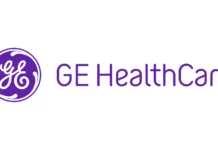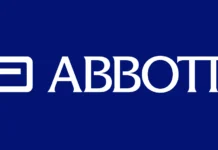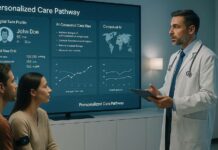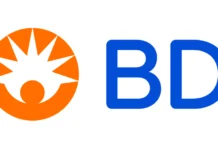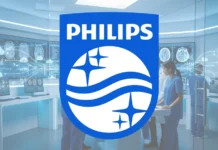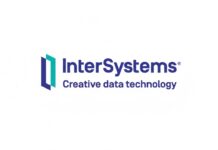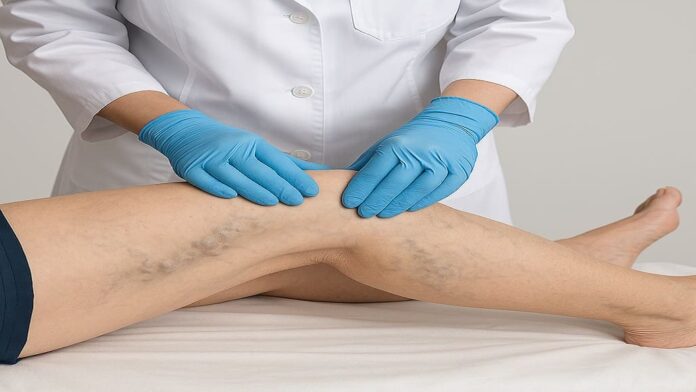Minimally Invasive Venous Treatments: Expanding Access in Community Healthcare Venous disorders such as varicose veins and chronic venous insufficiency are often dismissed as cosmetic issues; however, these conditions can severely diminish quality of life and, left untreated, may lead to serious health complications. Traditional surgical and invasive approaches were the only available solutions; nowadays however, minimally invasive therapies offer safer, faster, more cost-effective solutions.
Even with these advancements, access to minimally invasive venous treatments remains limited in many community healthcare settings. Expanding availability at this level could play a significant role in improving patient outcomes while simultaneously lowering healthcare costs and addressing a growing public health concern.
The Rise of Minimally Invasive Treatments
Over the last decade, medical practitioners have witnessed an evolution towards less invasive treatment modalities; venous care is no exception. With Endovenous Laser Therapy (EVLT), Radiofrequency Ablation (RFA), and Sclerotherapy now serving as leading treatments, outpatient procedures requiring minimal downtime are becoming the gold standard in treating vein disorders.
Endovenous Laser Therapy utilizes laser energy to seal off faulty veins, diverting blood flow towards healthier vessels. Radiofrequency Ablation uses targeted heat waves to collapse problematic veins while Sclerotherapy involves injecting a solution directly into affected veins that causes them to shrink and fade over time. Not only are these methods highly effective but also minimize patient discomfort and risk.
Why Community Healthcare Needs These Solutions
One of the greatest obstacles in managing venous diseases is early diagnosis and timely intervention, but patients often postpone seeking help until their symptoms worsen due to limited access to specialized care. By offering minimally invasive venous treatments in community healthcare facilities, patients can receive timely diagnosis and intervention before their condition worsens further.
Vein Specialist in Livingston stands as an exceptional example of this community-based model in action, making advanced venous care accessible and available without hospital visits or lengthy procedures. Community care models such as this ensure specialized treatments reach those most in need.
Economic and Clinical Benefits
Untreated venous diseases have serious financial ramifications. Protracted conditions often necessitate expensive hospital stays, chronic wound care and an increased incidence of serious complications like deep vein thrombosis if left untreated. Minimally invasive procedures with shorter recovery times and reduced complications rates help mitigate long-term healthcare expenses significantly.
Integrating advanced venous care into community health systems makes both economic and clinical sense, with patients benefitting from faster recoveries and increased quality of life, while healthcare providers can reduce hospital burden by managing conditions more efficiently at an outpatient level.
Overcoming Barriers to Access
Although the advantages of minimally invasive venous treatments are clear, several obstacles still prevent their widespread implementation in community healthcare centers. Community centers frequently face constraints related to equipment availability, trained personnel training and funding – which require coordinated action from government health agencies, private healthcare providers and community organizations in order to be overcome successfully.
Investment in training programs for healthcare professionals and partnerships with specialized clinics are effective solutions to bridge this divide. Telemedicine consultations may allow patients in remote locations access expert care without extensive travel distances.
The Road Ahead
As healthcare systems around the globe strive to become more patient-centric and cost-effective, expanding access to minimally invasive venous treatments in community settings should be prioritized. Such therapies not only address physical symptoms of venous diseases but can also enhance mental and emotional well-being by increasing confidence and mobility among their recipients.
Healthcare centers that take an aggressive, proactive approach and invest in necessary resources can play a significant role in combatting the rising incidence of venous disorders in their community.┬Ā




